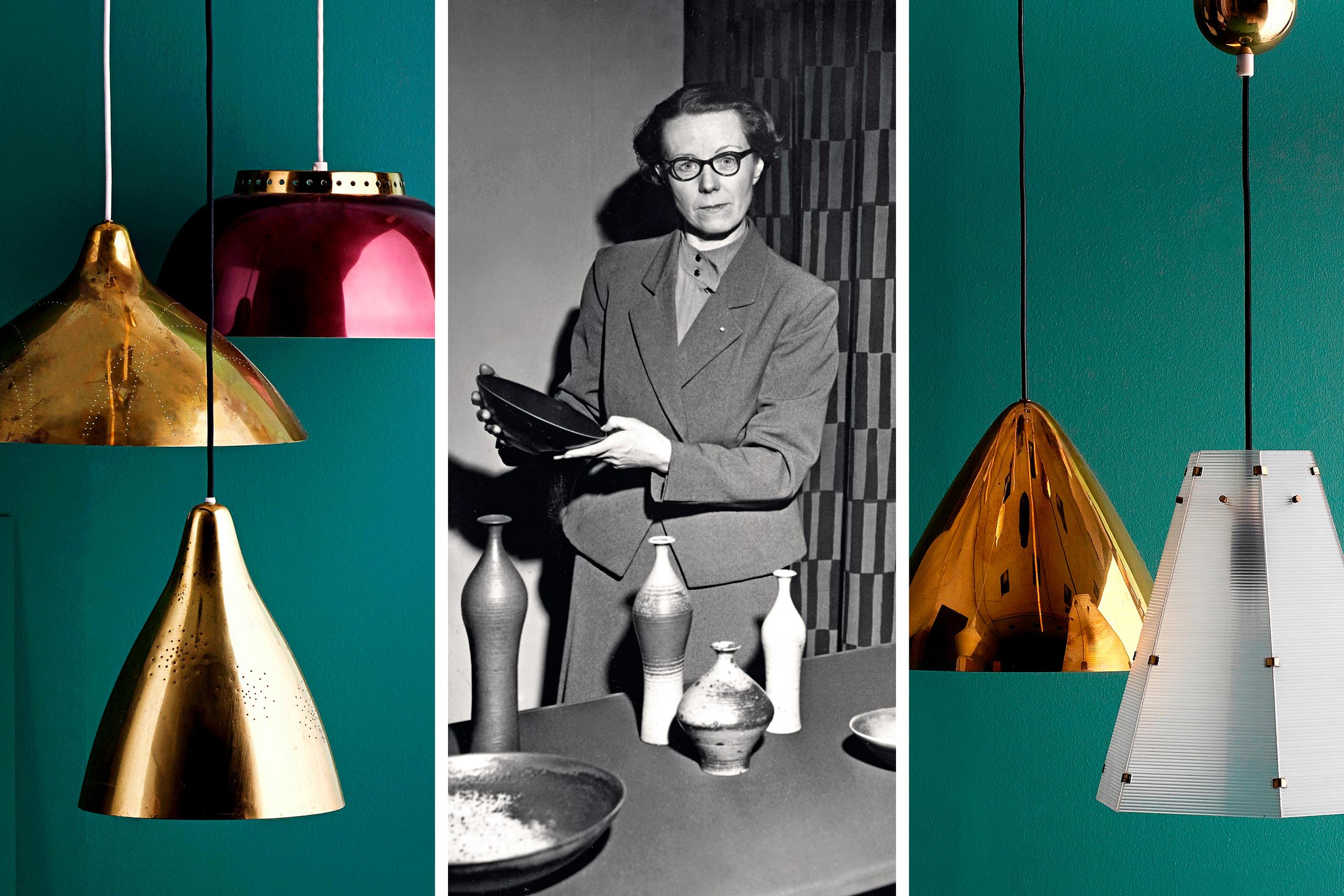
Lighting designer Lisa Johansson-Pape was a pioneer of elegant lamp design—but she always put functionality first
Finnish designer Lisa Johansson-Pape (1907–1989) valued functionality above all else. She paved the way for a new, streamlined yet elegant style of lighting design. Many of her lighting pieces are still in production today.
Lisa Johansson-Pape’s career as a designer was long and diverse. Whenever she designed lamps, her top priorities were the light they produced and their functionality. Only then did she turn her attention to their form. Still, people have admired the shapes of Johansson-Pape’s lamps to this day. She combined crisp lines with delicate details, like perforations, and explored a wide range of materials.
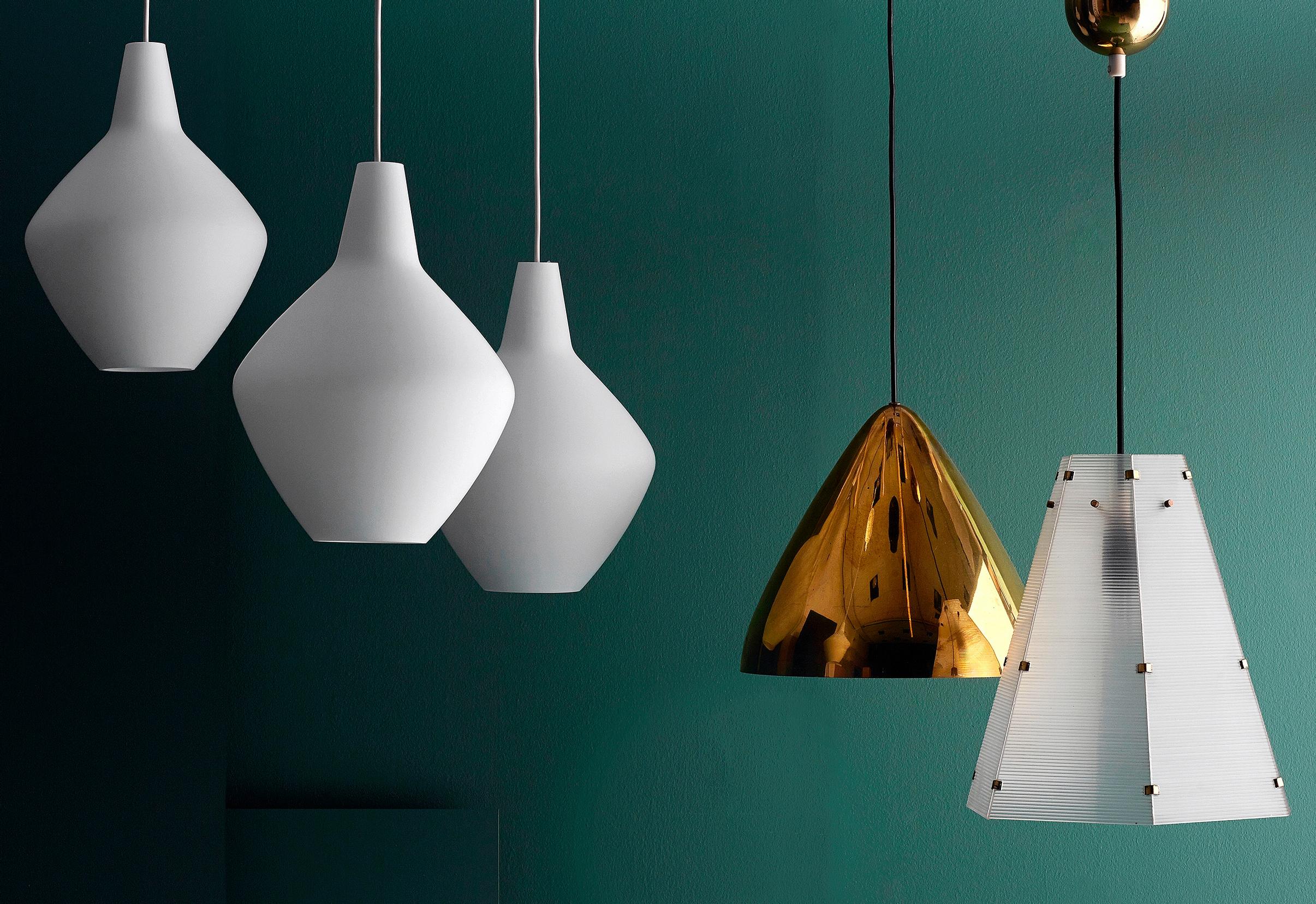
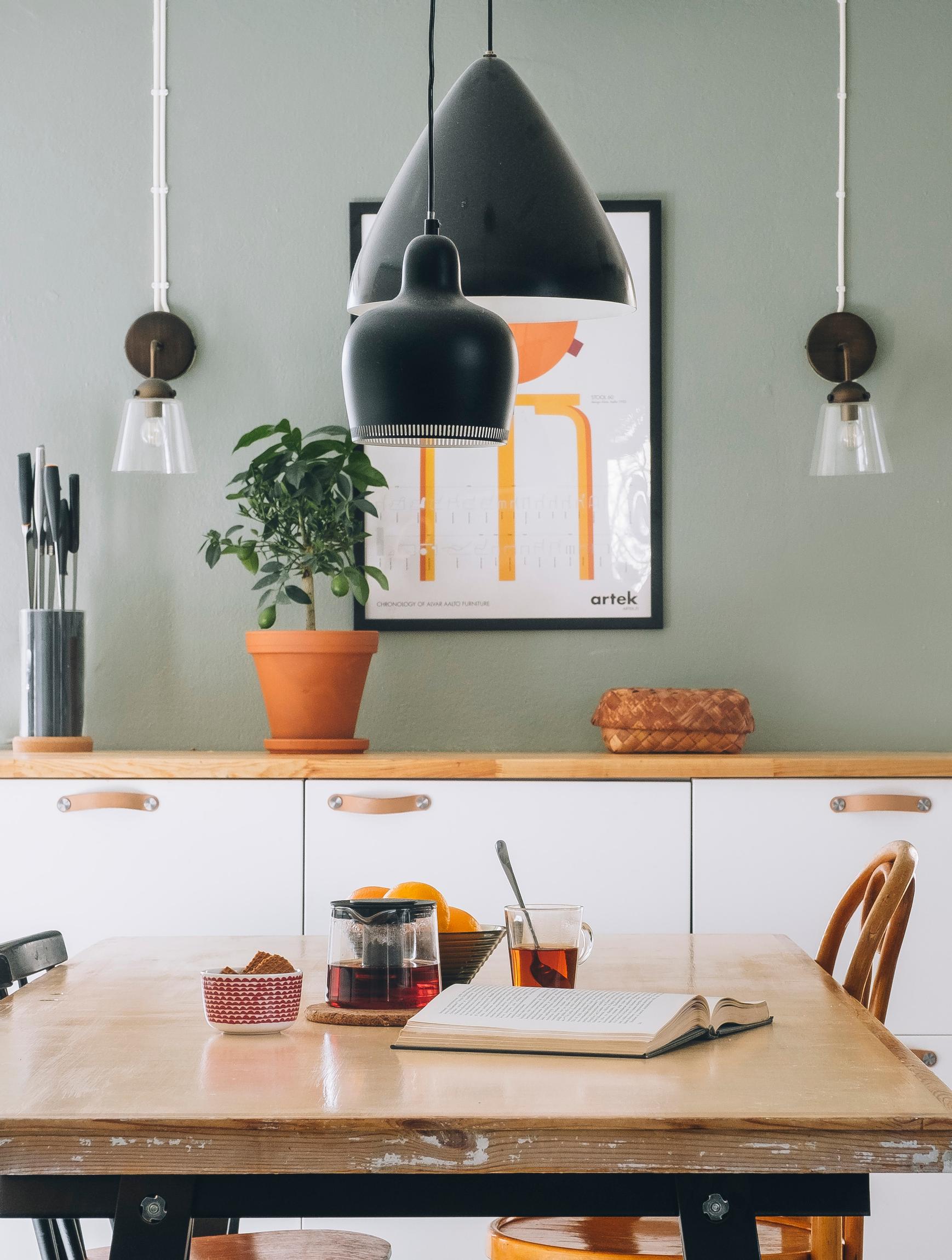
Johansson-Pape had studied to become a furniture draftsman, and her first jobs were in the furniture industry. When World War II halted nearly all furniture production, she moved on to become a designer at Orno lighting factory, which was owned by the Stockmann department store, at first only temporarily. However, she ended up staying there until she retired.
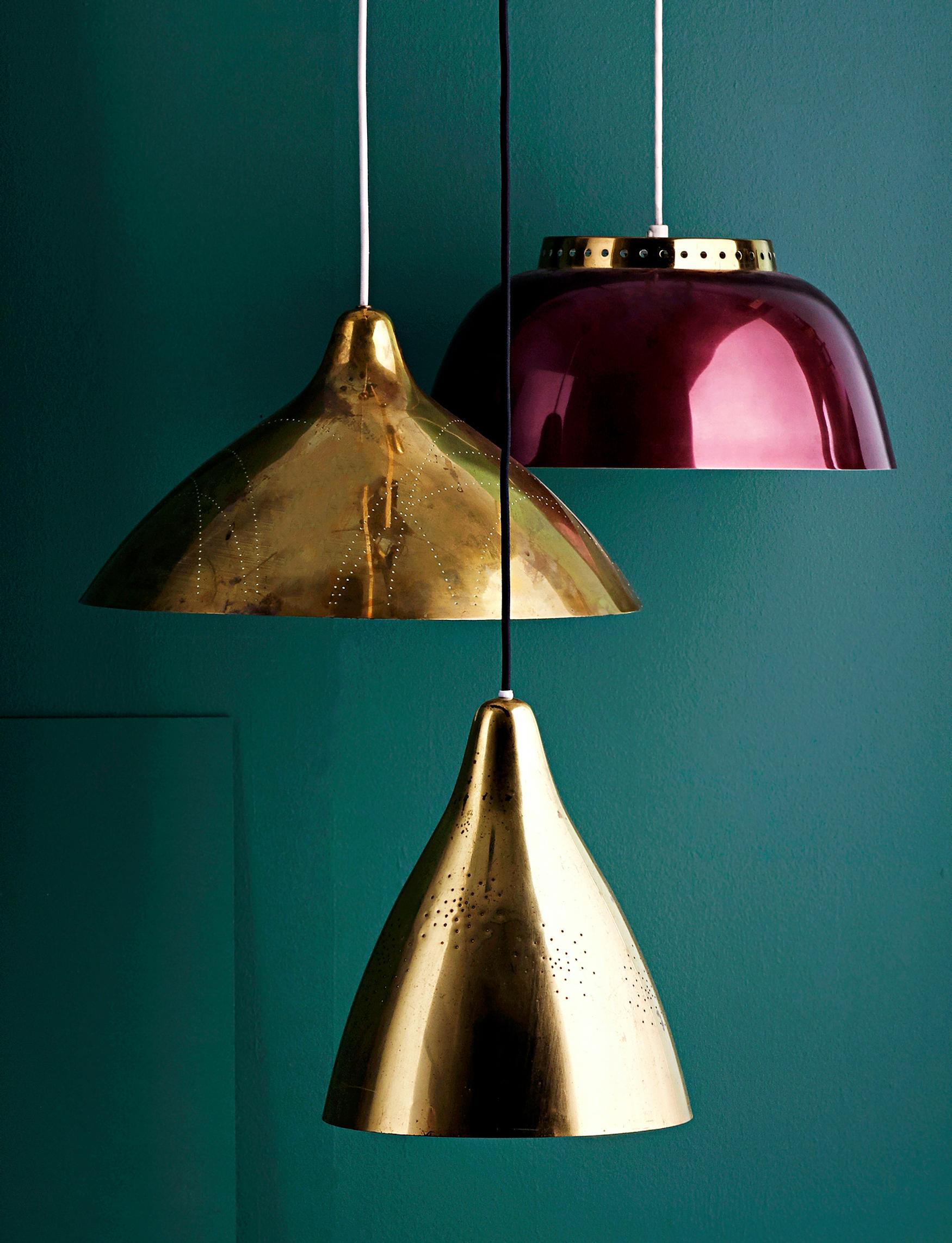

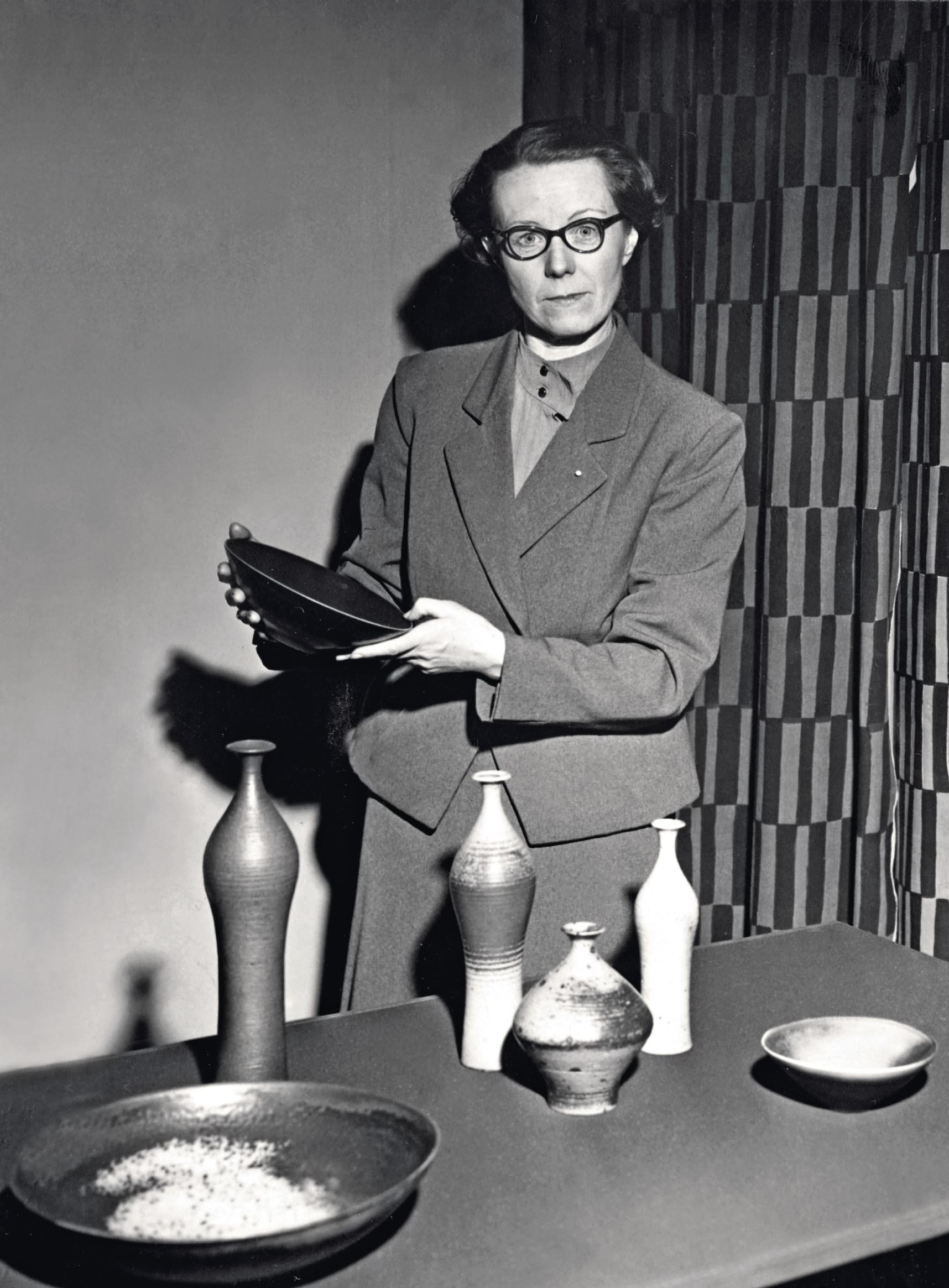
At the beginning of her career, Johansson-Pape faced a big challenge: materials were scarce because they were in short supply after the war. As production eventually returned to normal in the 1950s, she gracefully combined glass, brass, plastic, hardwood, fabrics, leather, and even wooden slats in her lamps.
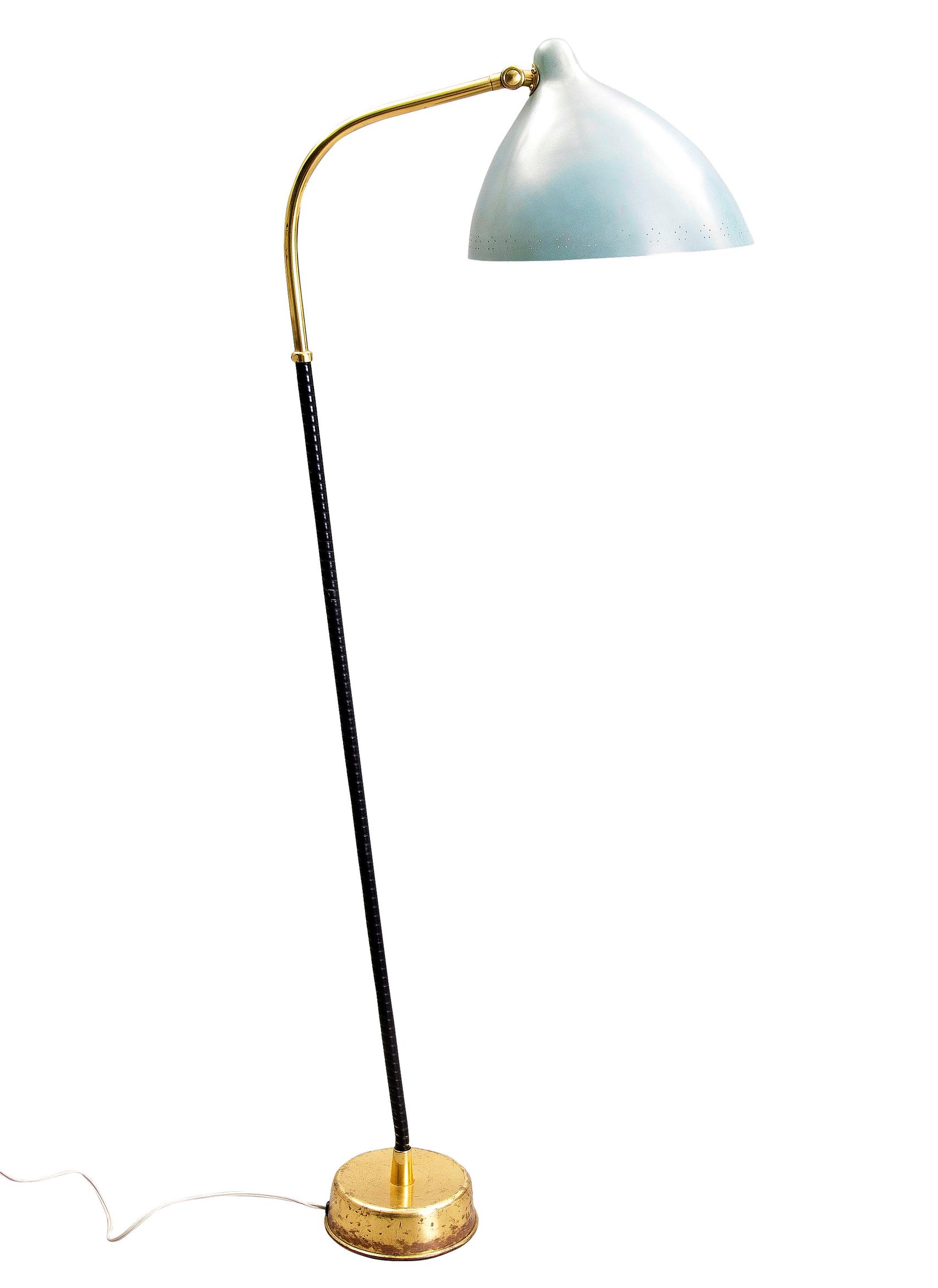
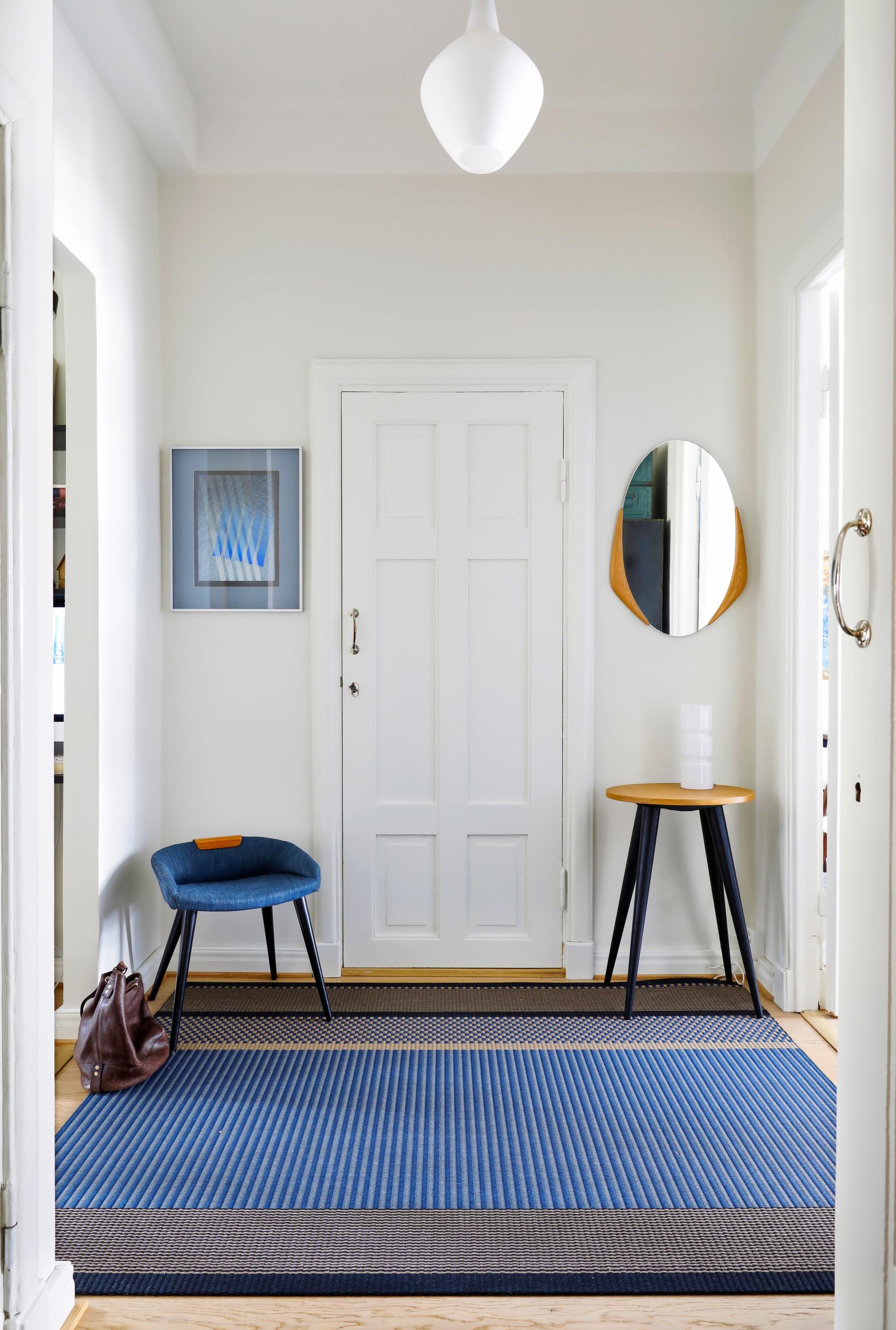
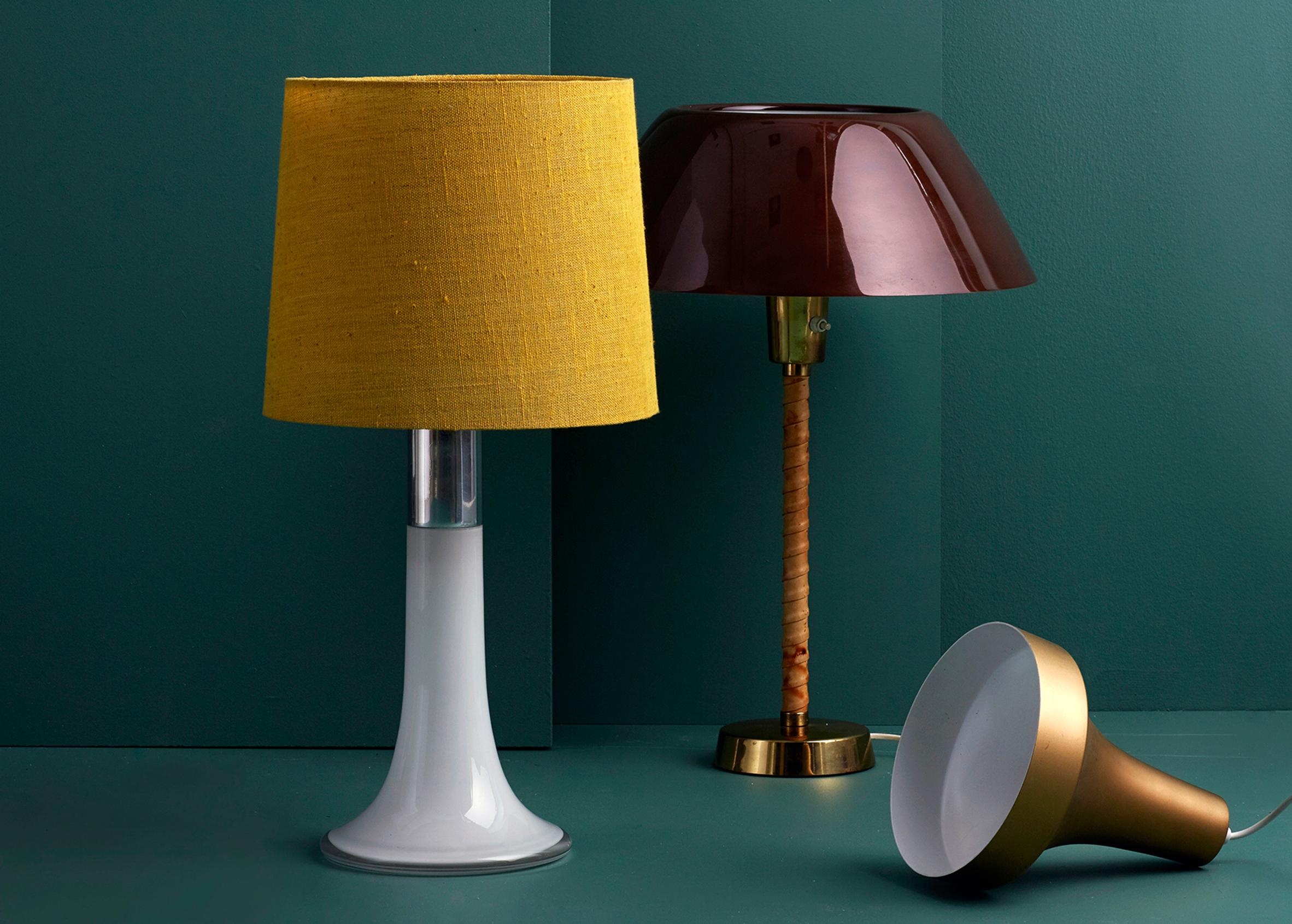
In addition to everyday lamps designed for homes, Johansson-Pape designed impressive chandeliers for churches and anonymous lamps for hospitals. She also made lamps for ships. Beside her design work, Johansson-Pape served as the artistic director of the Friends of Finnish Handicraft from 1951 to 1985. She also worked on textiles, wall rugs, and carpets. Her lamps continue to be admired, and many of them have been brought back into production. Innojok is a Finnish brand and offers numerous floor, table, and pendant lamps designed by Johansson-Pape.
Sources: Anna-Kaisa Huusko’s article on Lisa Johansson-Pape in Avotakka magazine 12/2013, and the Innolux website.


